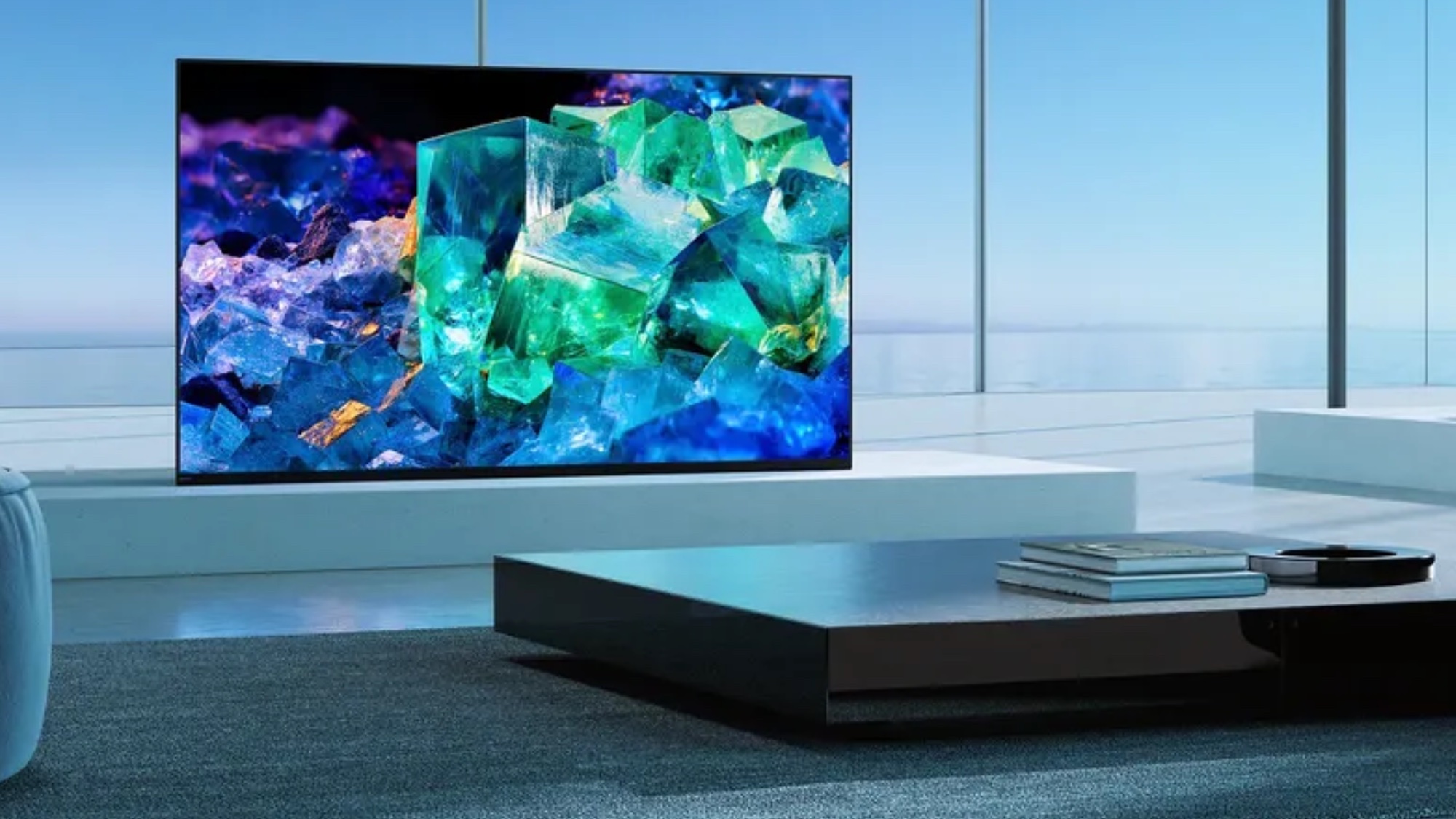This new TV breakthrough looks like a game-changer for OLED TVs
The future of OLED TVs is brighter than ever

The best OLED TVs may be on the verge of getting even better.
According to FlatpanelsHD, researchers at the University of Cambridge and Eindhoven University of Technology just announced a significant breakthrough that may lead to brighter, more energy-efficient OLED TVs.
To understand how this advancement came about, it’s helpful to take a closer look at how OLED displays work.
A new way for OLEDs to generate polarized light

Whether it’s a TV, a computer monitor or a smartphone, typical OLED displays rely on polarizing layers to reduce reflected light.
Researchers have developed a way for OLEDs to generate polarized light, reducing — and perhaps outright eliminating — the need for polarizing layers.
These polarizers play an important role in delivering the incredible contrast and clarity OLEDs are known for, but they also waste a ton of energy, as they stop light from reaching your eyes.
Researchers are now claiming that they’ve developed a way for OLEDs to generate polarized light, reducing — and perhaps outright eliminating — the need for polarizing layers. As a result, less light is wasted, allowing for a brighter, more-efficient OLED display.
Unfortunately, these so-called circularly polarized OLEDs (which get their name from the shape of its emitted photons) are probably several years away from hitting retail shelves.
Sign up to get the BEST of Tom's Guide direct to your inbox.
Get instant access to breaking news, the hottest reviews, great deals and helpful tips.
Other OLED breakthroughs on the way

The breakthrough is one of many exciting developments in OLED tech to come down the pike of late. Blue phosphorescent OLEDs (also known as blue PHOLEDs) are reportedly entering the commercialization process soon, which could lead to energy-efficient, longer-lasting displays.
This is not to be confused with the most recent engineering advancements in blue OLED material, developments that aim to solve the same general problem as blue PHOLEDs. Of the two, it’s unclear which will see a more successful commercial integration.
When taken together, these advancements tell the story of a display technology with plenty room for improvement. Despite the fact that OLED TVs are consistently among the best TVs on the market, the incredible technology they’re built around is still getting brighter, more efficient and more resilient.
Now we just have to wait for these developments to reach our living rooms.
More from Tom's Guide

Michael Desjardin is a Senior Editor for TVs at Tom's Guide. He's been testing and tinkering with TVs professionally for over a decade, previously for Reviewed and USA Today. Michael graduated from Emerson College where he studied media production and screenwriting. He loves cooking, zoning out to ambient music, and getting way too invested in the Red Sox. He considers himself living proof that TV doesn't necessarily rot your brain.
You must confirm your public display name before commenting
Please logout and then login again, you will then be prompted to enter your display name.
